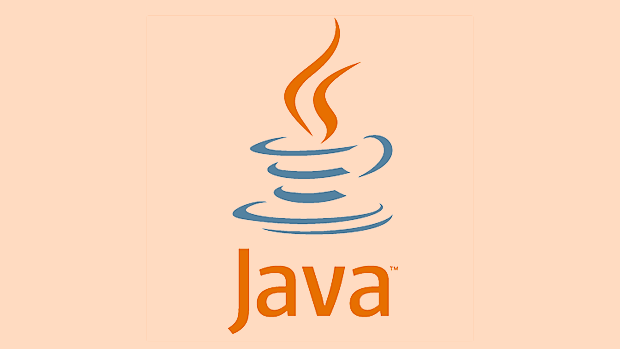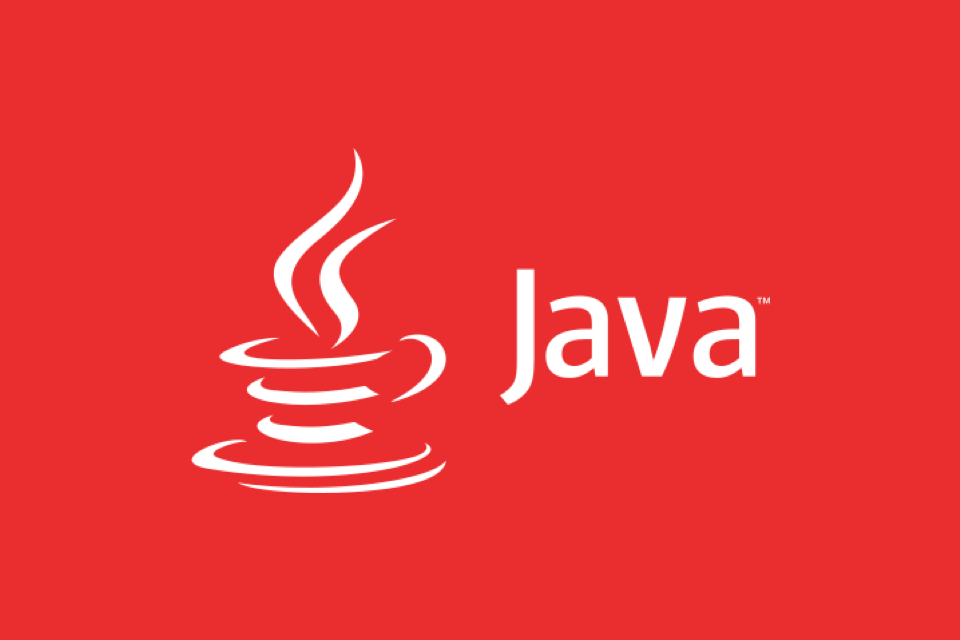There are three common forms of Java for loops. 1. The basic for loop is suitable for cases where the number of loops is known. The syntax is for (initialization; conditional judgment; update), such as traversing arrays or counts; 2. The enhanced for loop (for-each) is used to simplify the traversal of arrays or collections, and the syntax is for (element type variable name: the object to be traversed), but the index cannot be accessed or the collection content cannot be modified; 3. The nested for loop is used to deal with two-dimensional structures such as matrix, outer control rows, and inner control columns, but performance issues need to be paid attention to.

Java's for loop is one of the infrastructures that control program flow, and is especially suitable for repeating tasks with a fixed number of times. Mastering several common usage methods can help you process array, collection operations, or counting tasks more efficiently.

Basic for loop: the most common and practical
The basic for loop is suitable for situations where you know the number of loops, such as iterating through an array or counting from 1 to 100. The structure is clear and the syntax is as follows:
for (initialization; conditional judgment; update) {
// Execute code}To give a simple example, print numbers 1 to 5:

for (int i = 1; i <= 5; i ) {
System.out.println(i);
}- Initialization part
int i = 1is executed only once at the beginning - Conditional judgment
i <= 5Check before each cycle - The update part
iruns after each loop body is executed
This structure is very suitable for index control, such as accessing array elements:
int[] numbers = {10, 20, 30, 40, 50};
for (int i = 0; i < numbers.length; i ) {
System.out.println("i" element is: " numbers[i]);
}Enhanced for loop (for-each): Simplify collection and array traversal
If you just want to read every element in an array or collection without indexing, an enhanced for loop will be more concise and reduce the possibility of errors. The syntax is as follows:

for (element type variable name: object to traverse) {
// Execute code}For example, iterating through an array of strings:
String[] names = {"Tom", "Jerry", "Alice"};
for (String name : names) {
System.out.println(name);
}This method is cleaner to write, but has several limitations:
- Cannot access the current index
- Cannot modify the collection content (such as deleting elements)
- Not suitable for reverse traversal
So when you just need to "read" the data, give it priority.
Nested for loops: handles two-dimensional structures
Sometimes you need to deal with two-dimensional arrays or matrix operations, and nested for loops are very common. For example, print a 3x3 table:
for (int i = 1; i <= 3; i ) {
for (int j = 1; j <= 3; j ) {
System.out.print(i * j "\t");
}
System.out.println();
} This code first controls the line number i , then controls the column number j in each row, and finally outputs part of the multiplication table. Nested loops should pay special attention to performance issues, because the time complexity is usually O(n2), which may be stuttered when processing large amounts of data.
Basically that's it. Different for writing methods have their own applicable scenarios, the key is to understand when and which method is used. You can master it by practicing a few more times.
The above is the detailed content of Java for loop examples. For more information, please follow other related articles on the PHP Chinese website!

Hot AI Tools

Undress AI Tool
Undress images for free

Undresser.AI Undress
AI-powered app for creating realistic nude photos

AI Clothes Remover
Online AI tool for removing clothes from photos.

Clothoff.io
AI clothes remover

Video Face Swap
Swap faces in any video effortlessly with our completely free AI face swap tool!

Hot Article

Hot Tools

Notepad++7.3.1
Easy-to-use and free code editor

SublimeText3 Chinese version
Chinese version, very easy to use

Zend Studio 13.0.1
Powerful PHP integrated development environment

Dreamweaver CS6
Visual web development tools

SublimeText3 Mac version
God-level code editing software (SublimeText3)

Hot Topics
 How to iterate over a Map in Java?
Jul 13, 2025 am 02:54 AM
How to iterate over a Map in Java?
Jul 13, 2025 am 02:54 AM
There are three common methods to traverse Map in Java: 1. Use entrySet to obtain keys and values at the same time, which is suitable for most scenarios; 2. Use keySet or values to traverse keys or values respectively; 3. Use Java8's forEach to simplify the code structure. entrySet returns a Set set containing all key-value pairs, and each loop gets the Map.Entry object, suitable for frequent access to keys and values; if only keys or values are required, you can call keySet() or values() respectively, or you can get the value through map.get(key) when traversing the keys; Java 8 can use forEach((key,value)->
 Java Optional example
Jul 12, 2025 am 02:55 AM
Java Optional example
Jul 12, 2025 am 02:55 AM
Optional can clearly express intentions and reduce code noise for null judgments. 1. Optional.ofNullable is a common way to deal with null objects. For example, when taking values ??from maps, orElse can be used to provide default values, so that the logic is clearer and concise; 2. Use chain calls maps to achieve nested values ??to safely avoid NPE, and automatically terminate if any link is null and return the default value; 3. Filter can be used for conditional filtering, and subsequent operations will continue to be performed only if the conditions are met, otherwise it will jump directly to orElse, which is suitable for lightweight business judgment; 4. It is not recommended to overuse Optional, such as basic types or simple logic, which will increase complexity, and some scenarios will directly return to nu.
 How to fix java.io.NotSerializableException?
Jul 12, 2025 am 03:07 AM
How to fix java.io.NotSerializableException?
Jul 12, 2025 am 03:07 AM
The core workaround for encountering java.io.NotSerializableException is to ensure that all classes that need to be serialized implement the Serializable interface and check the serialization support of nested objects. 1. Add implementsSerializable to the main class; 2. Ensure that the corresponding classes of custom fields in the class also implement Serializable; 3. Use transient to mark fields that do not need to be serialized; 4. Check the non-serialized types in collections or nested objects; 5. Check which class does not implement the interface; 6. Consider replacement design for classes that cannot be modified, such as saving key data or using serializable intermediate structures; 7. Consider modifying
 Comparable vs Comparator in Java
Jul 13, 2025 am 02:31 AM
Comparable vs Comparator in Java
Jul 13, 2025 am 02:31 AM
In Java, Comparable is used to define default sorting rules internally, and Comparator is used to define multiple sorting logic externally. 1.Comparable is an interface implemented by the class itself. It defines the natural order by rewriting the compareTo() method. It is suitable for classes with fixed and most commonly used sorting methods, such as String or Integer. 2. Comparator is an externally defined functional interface, implemented through the compare() method, suitable for situations where multiple sorting methods are required for the same class, the class source code cannot be modified, or the sorting logic is often changed. The difference between the two is that Comparable can only define a sorting logic and needs to modify the class itself, while Compar
 Python for loop with timeout
Jul 12, 2025 am 02:17 AM
Python for loop with timeout
Jul 12, 2025 am 02:17 AM
Add timeout control to Python's for loop. 1. You can record the start time with the time module, and judge whether it is timed out in each iteration and use break to jump out of the loop; 2. For polling class tasks, you can use the while loop to match time judgment, and add sleep to avoid CPU fullness; 3. Advanced methods can consider threading or signal to achieve more precise control, but the complexity is high, and it is not recommended for beginners to choose; summary key points: manual time judgment is the basic solution, while is more suitable for time-limited waiting class tasks, sleep is indispensable, and advanced methods are suitable for specific scenarios.
 Java method references explained
Jul 12, 2025 am 02:59 AM
Java method references explained
Jul 12, 2025 am 02:59 AM
Method reference is a way to simplify the writing of Lambda expressions in Java, making the code more concise. It is not a new syntax, but a shortcut to Lambda expressions introduced by Java 8, suitable for the context of functional interfaces. The core is to use existing methods directly as implementations of functional interfaces. For example, System.out::println is equivalent to s->System.out.println(s). There are four main forms of method reference: 1. Static method reference (ClassName::staticMethodName); 2. Instance method reference (binding to a specific object, instance::methodName); 3.
 How to handle character encoding issues in Java?
Jul 13, 2025 am 02:46 AM
How to handle character encoding issues in Java?
Jul 13, 2025 am 02:46 AM
To deal with character encoding problems in Java, the key is to clearly specify the encoding used at each step. 1. Always specify encoding when reading and writing text, use InputStreamReader and OutputStreamWriter and pass in an explicit character set to avoid relying on system default encoding. 2. Make sure both ends are consistent when processing strings on the network boundary, set the correct Content-Type header and explicitly specify the encoding with the library. 3. Use String.getBytes() and newString(byte[]) with caution, and always manually specify StandardCharsets.UTF_8 to avoid data corruption caused by platform differences. In short, by
 How to parse JSON in Java?
Jul 11, 2025 am 02:18 AM
How to parse JSON in Java?
Jul 11, 2025 am 02:18 AM
There are three common ways to parse JSON in Java: use Jackson, Gson, or org.json. 1. Jackson is suitable for most projects, with good performance and comprehensive functions, and supports conversion and annotation mapping between objects and JSON strings; 2. Gson is more suitable for Android projects or lightweight needs, and is simple to use but slightly inferior in handling complex structures and high-performance scenarios; 3.org.json is suitable for simple tasks or small scripts, and is not recommended for large projects because of its lack of flexibility and type safety. The choice should be decided based on actual needs.






